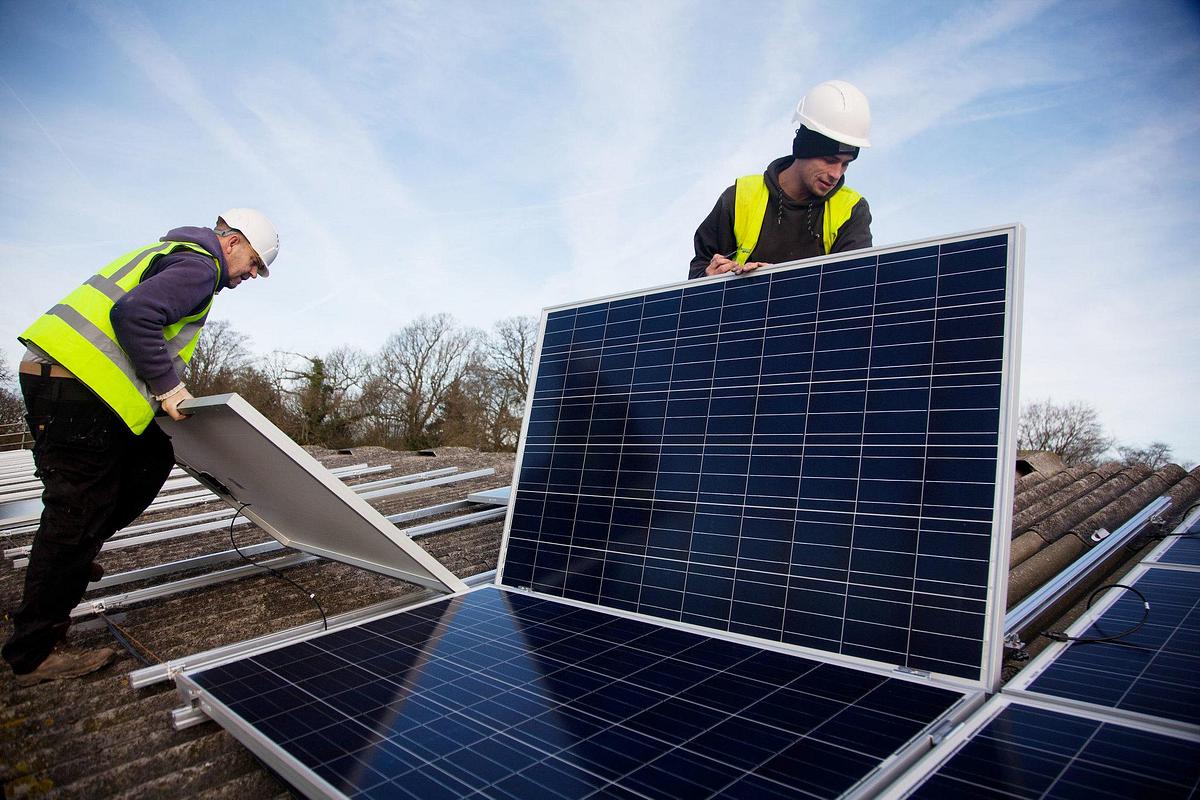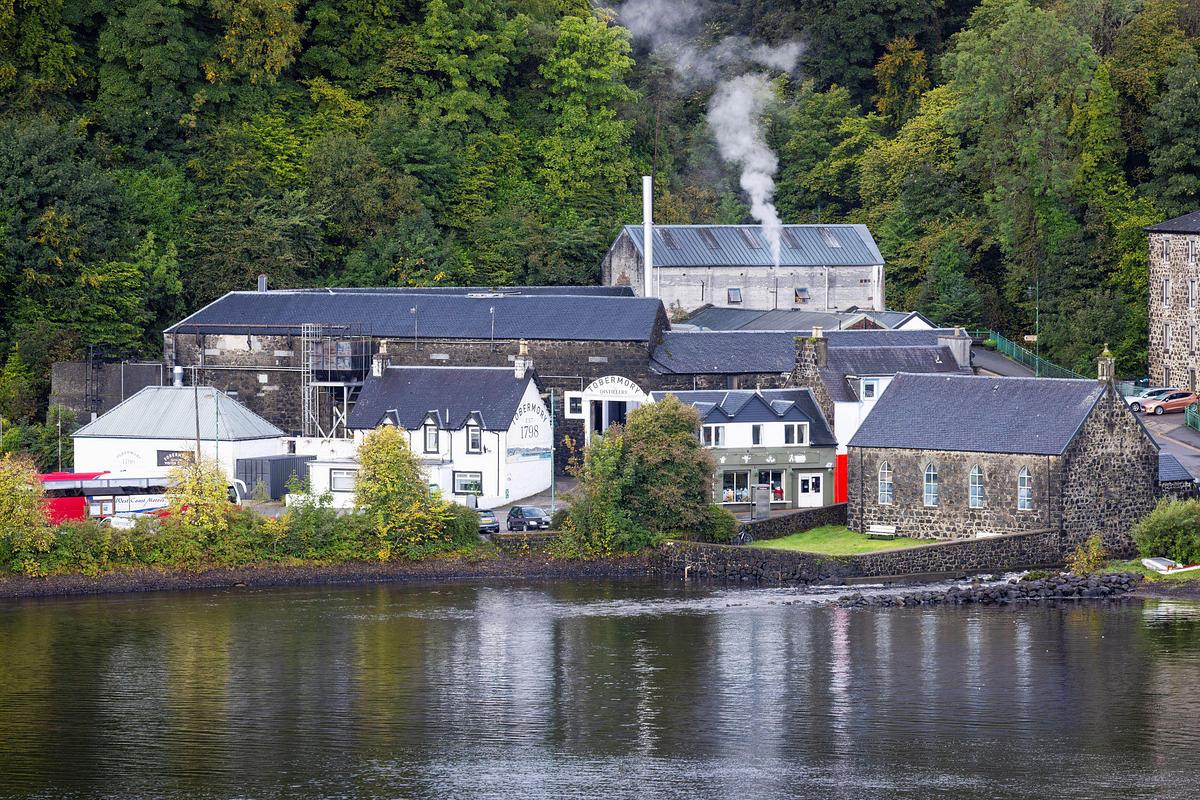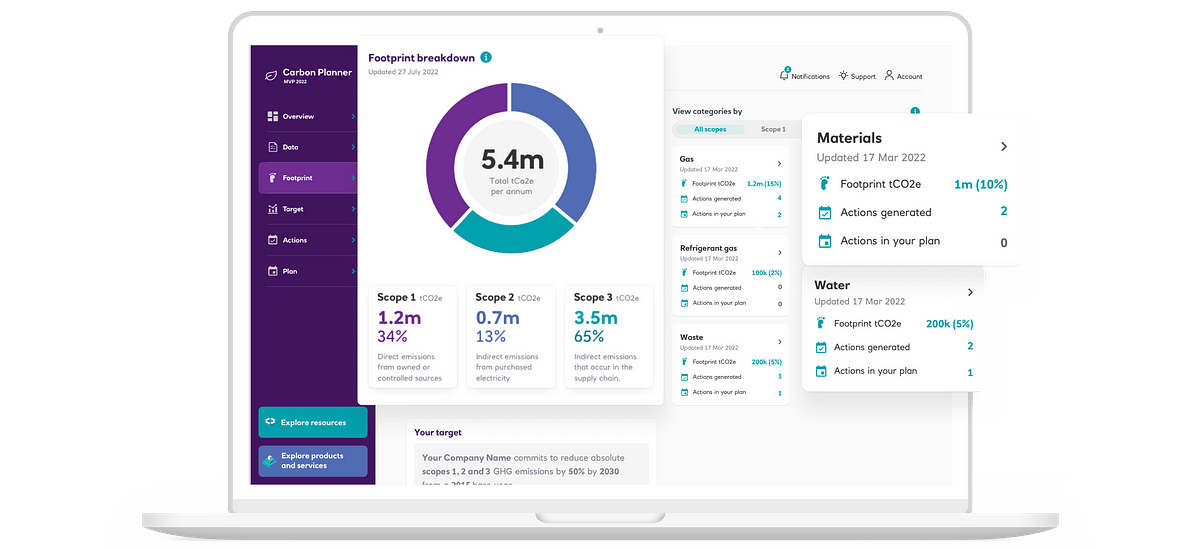How to measure your carbon footprint: A guide for SMEs
If you’re part of a small or medium-sized business in Scotland, there’s a good chance you’re having more and more conversations about climate change and net zero at work.
You’re not alone. Many businesses are going on the same journey.
Maybe you’re applying for a grant that’s conditional on having a net-zero strategy. Perhaps a potential customer has asked to see your carbon footprint.
Let's zoom in on carbon footprints. This guide will explain how to create one for your business in four steps.
But first things first...
What is a carbon footprint?
A carbon footprint is a measure of the total greenhouse gases emitted directly and indirectly by your business over one year, measured in tonnes of CO2 equivalent (tCO2e).
Greenhouse gases have reached a record-high concentration in Earth’s atmosphere, which has already heated the planet to dangerous levels.
Most emissions in Scotland come from vehicles, farms, buildings and industry. Working out your company’s contribution is a key first step to reaching net-zero emissions.
It might seem daunting to work this out in-house. Indeed, many consultants charge for this service! But most of the work is collecting basic data on your activities, which many businesses already have to hand.
The rest is a simple calculation:
Activity data x Emissions factor = Greenhouse gas emissions
Let’s get started.

Installing solar panels on a barn roof on Grange farm, Balcombe. Scotland has committed to becoming a “net-zero society” by 2045 (Image: Kristian Buus)
1. Set your boundary
At the start, you don’t need to include absolutely everything in your carbon footprint.
Setting a boundary is a way to prioritise which emission sources to measure, based on what is practical for your business right now.
However, there are some rules about what you should include, set by the Greenhouse Gas Protocol. That’s the globally recognised standard for companies measuring their carbon emissions.
At a minimum, you must include direct or Scope 1 and Scope 2 emissions (watch this quick video for more about emissions scopes). Typical sources are:
- 🔥 Gas or fuel for heating
- 🚘 Diesel or petrol for company-owned vehicles
- 🔌 Purchased electricity
You can include indirect or Scope 3 emissions. This covers everything else, but typical sources are:
- 🗑️ Waste
- ✈️ Business travel and commuting
- 🥪️ Purchased goods and services
However, the Greenhouse Gas Protocol states that you need only include Scope 3 where it is “reasonable and relevant”.
What that means exactly is up to you. Ask yourself, how often does this activity happen? Can I access data on this activity? How much influence do I have over it? Do I need to provide this information to a stakeholder?
It can be helpful to keep the big picture in mind. Your goal is to reduce emissions. Don’t spend precious time and staff resource on creating an incredibly comprehensive carbon footprint, only to run out of steam. It's fine to limit yourself to Scopes 1 and 2 at the start.
In future years, you can ‘reset’ your boundary to include more sources of emissions. Better to start small than not at all!
2. Set your timeframe
The standard timeframe for a carbon footprint is one year. This can be a calendar year, the financial year, or any 12-month period.
For example, you could measure the total greenhouse gases emitted by your business activity between January-December 2023.

Tobermory Distillery on the Isle of Mull. As a minimum, carbon footprints should include emissions produced on-site and from company-owned vehicles (Image: Visit Scotland)
3. Find your data
This part isn’t as technical as you might think!
Let’s focus on gas, electricity and vehicle fuel for now. Note down how much of each of these your business consumed over the 12-month period.
- Gas (in kilowatt-hours / kWh)
- Electricity (in kilowatt-hours / kWh)
- Vehicle fuel (in litres)
It’s likely your business already collects this information for auditing purposes. For example, the invoice sent by your energy provider each month will include your gas and/or electricity consumption data.
If you get stuck, call up your energy provider as they should have a record.
If you can’t find these figures, note down the money your business spent on each of these instead. This isn’t as accurate as consumption data, as you’ll rely on estimates to calculate your emissions. However, you’ll repeat this process annually, so start collecting consumption data now in time for next year.
4. Calculate your emissions
The simplest way to do this is to use a free online calculator provided by some banks and public bodies.
For example, try Royal Bank’s Carbon Planner, or the Welsh government Net Zero Reporting Guide.
Enter the data you collected for your gas, electricity and vehicle fuel consumption (or spend). The calculator uses unique ‘emissions factors’ for each of these activities, published by the UK government each year, to estimate the greenhouse gases produced.
The results page (or spreadsheet, if you used the Welsh government’s guide) will show your total emissions in one year, broken down into scopes 1, 2 and 3. You can drill down further for more details.
And that’s it!

A carbon footprint produced by the Royal Bank’s Carbon Planner tool. It contains a summary of your company’s total emissions, plus a breakdown by source and scope (Image: RBS)
At this point you may be wondering, what do these numbers mean?
A good place to start is the Energy Benchmarking Dashboard created by the Chartered Institution of Building Services Engineers (CIBSE).
Use it to look up the average energy consumption (per m2) for different commercial building types, such as hotels, offices and industrial facilities. You can see what’s common for your sector, and what good practice looks like.
Next steps
Download a detailed version of this guide here:
📄 How to create a carbon footprint (PDF)
If you are still rearing to go (and why wouldn’t you be?), then we invite you to sign up for Climate Springboard, a free business support programme by Edinburgh Climate Change Institute. It’s designed to equip SMEs in Scotland with the knowledge and tools to start out on their journey to net zero.
It lasts just over a month and is completely free. At the end, attendees leave with a company carbon footprint, a template for a long-term net-zero strategy, and a tailored list of quick ways to lower emissions and costs.